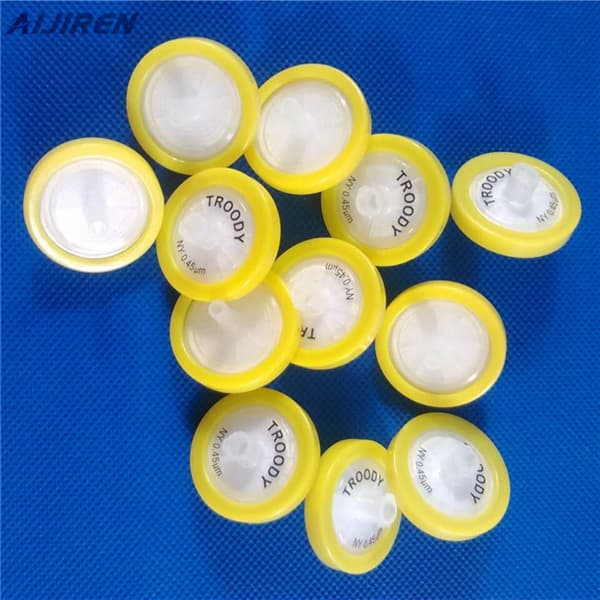
Acrodisc Syringe Filters with PTFE Membrane, 25 mm Diameter, 0.45 um Pore Size, Pack of 50, Hydrophobic PTFE Filter Media High Flow: No: Filtration area: 5.3 cm² ...
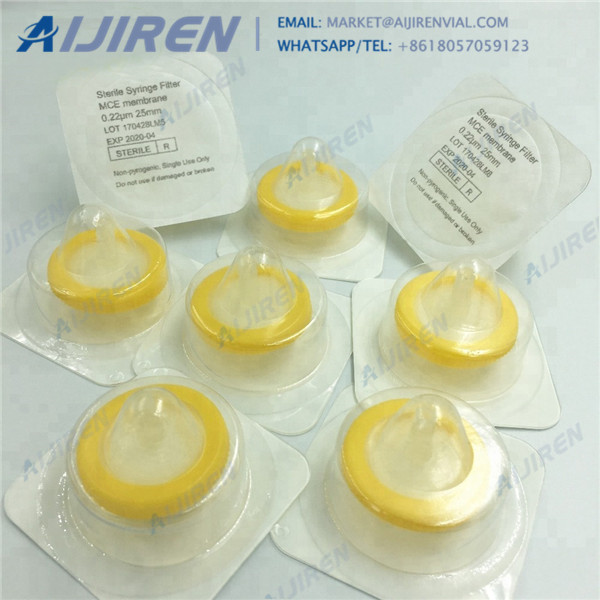
Acrodisc® Syringe Filter with HT Tuffryn® Membrane, Pall Laboratory. Suitable for filter sterilizing dilute biological fluids. Filters 28142-340, 28144-040, and 28144-007 are sterilized by gamma irradiation and individually packaged. HT Tuffryn (polysulfone) membrane is extremely low protein-binding. Maximum operating temperature: 55°C (131°F).
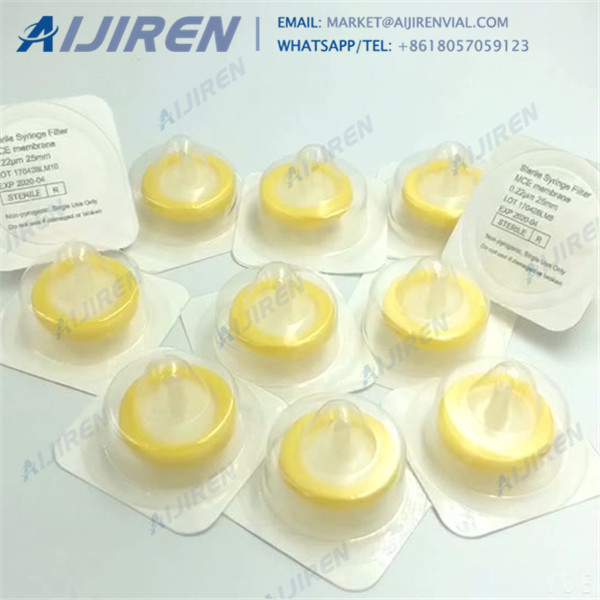
centimeter and conical pore structure which combine to provide faster flow rates and higher throughputs of solution. This results in time and cost savings by being eliminating unnecessary changes in devices to filter the same total volume. Researchers filtering <100 mL volumes will be pleased with the variety of Acrodisc syringe filters with Supor
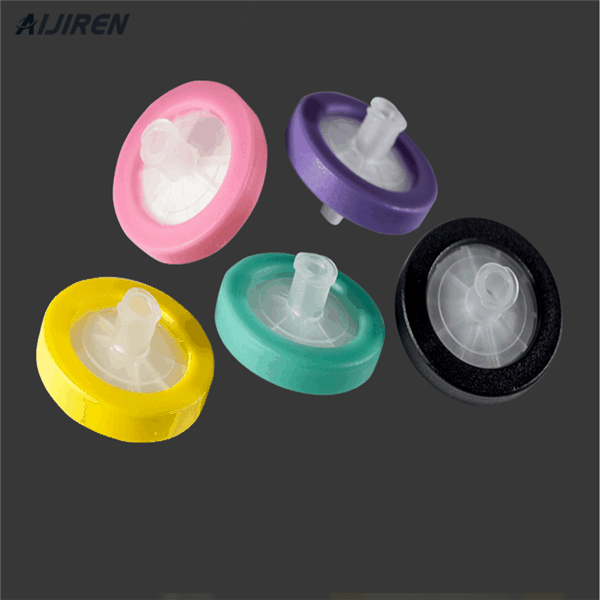
offers high-performance GD/X syringe filters with a multi-layer glass fiber prefilter for filtering larger volumes of harder-to-filter samples. Polytetrafluoroethylene (PTFE) syringe filter options Cytiva Puradisc PTFE syringe filter is a hydrophobic membrane that is chemically stable and inert.
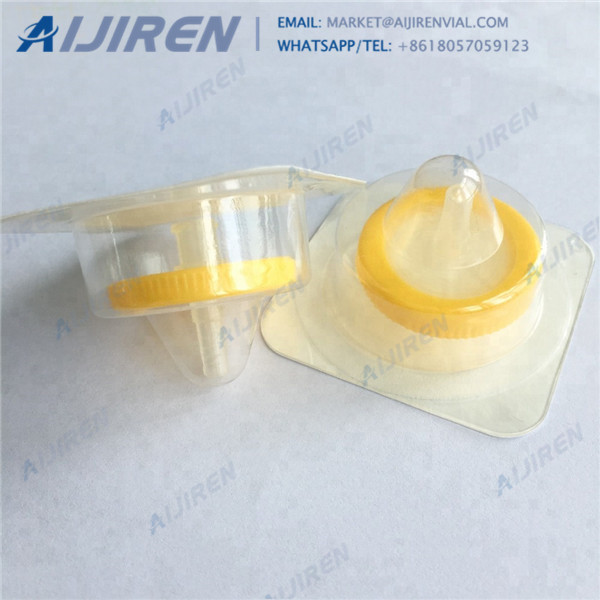
Acrodisc PSF syringe filters are Zymark* and SOTAX* Automation Certified to assure smooth operation and worry-free performance 24 hours a day in automated workstations. Available with GxF multi-layered glass fiber prefilter, providing two to four times the throughput of standard glass fiber prefilter devices, and allowing quick and easy
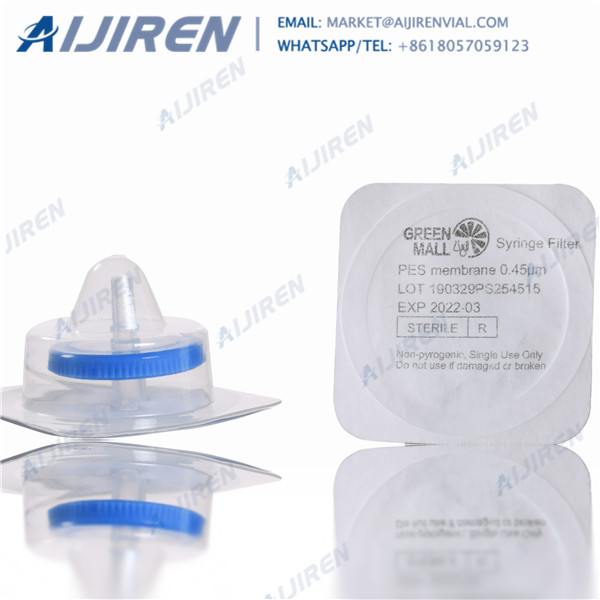
Sterile Pes Syringe Filter, More Than 100mL High Throughput, 33mm Diameter, 0.22um Pore Size, Individually Packaged 10pcs by Albert's Filter 4.2 out of 5 stars 122 $13.99
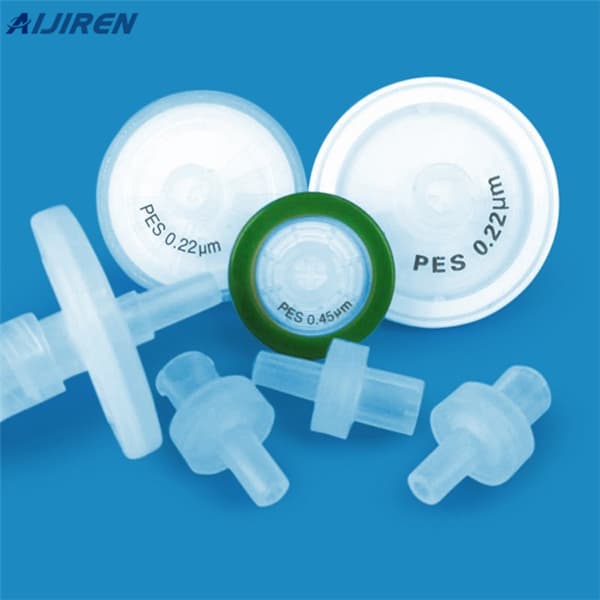
Whatman ® Spartan ® syringe filters provide reproducible filtration of organic and aqueous solutions for high performance and ultra-high performance liquid chromatography (HCLP and UHPLC) sample preparation. For batch-to-batch consistency, these filters are tested and certified for the absence of UV-absorbing substances at wavelengths of 210
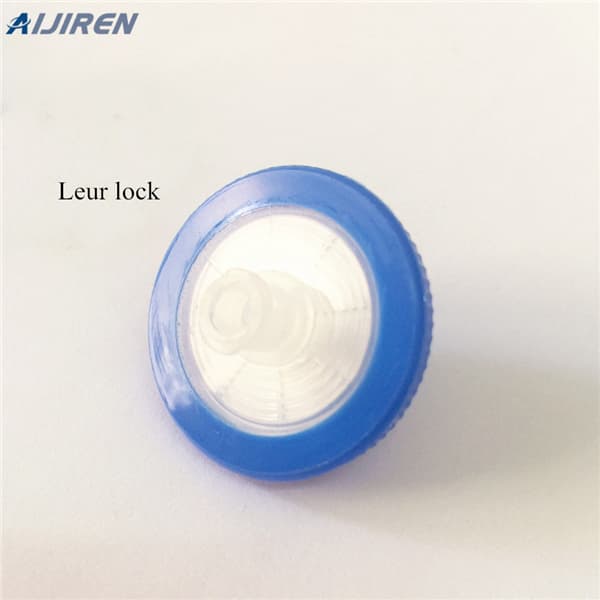
High Flow Rates with Low Protein Binding. Superior flow rates and higher throughputs than competitive devices. Low protein binding to minimize sample loss. Pre-sterilized products are sterilized by gamma irradiation to eliminate potential contamination by EtO residuals. A range of sizes (13 to 37 mm) accommodates sample volumes from < 10 to 150mL. Acrodisc PF and Serum Acrodisc syringe filters feature built-in prefilter for increased throughput of difficult-to-filter liquids.
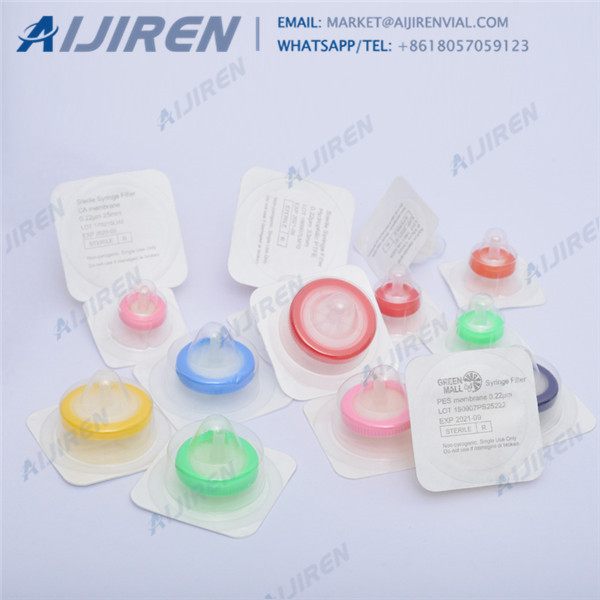
Syringe filters with cellulose acetate or polyethersulfone membranes are ideal for sterile filtration of buffers, tissue culture media or additives, and other biologicals. The polyethersulfone membrane offers high flow rates. Nonsterile syringe filters are excellent for HPLC applications. Each filter has a female Luer-lock inlet and a male slip
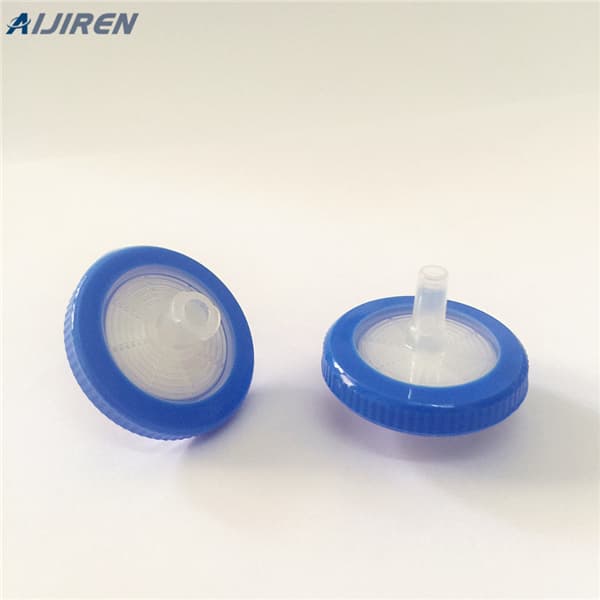
Pall® 4500 Acrodisc Syringe Filters with PVDF Membrane, 25 mm Syringe Filter, 0.45 µm Pore Size, Non-Sterile, Pack of 1000 About Pall:. High-performance sterile and non-sterile filtration for mass spectrometry, chromatography, media preparation, cell culture, and protein purification.
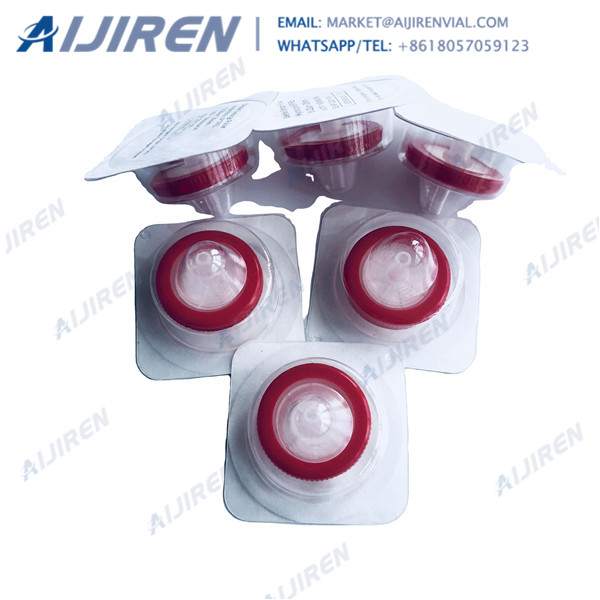
11. PTFE syringe filter: 0.45-µm. (Gelman Acrodisc ® CR PTFE 0.45-µm filter, Product #4472, Gelman Sciences, Ann Arbor, MI or equivalent.) 12. Forceps. 13. Small vial/tube tumbler capable of 5 to 10 RPM 14. pH meter. 15. Graduated cylinders, 10-mL, 25-mL. NIOSH Manual of Analytical Methods, Fourth Edition
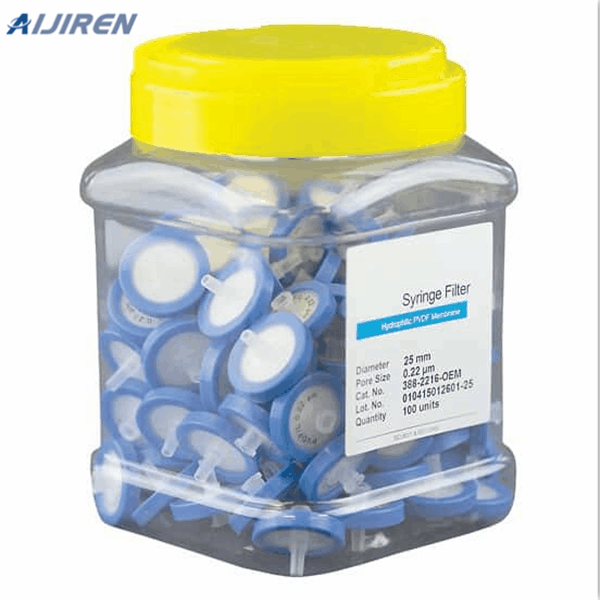
Type: Syringe Filter. Use: Particulate Filter, Instrument protection. Pore Size: 0.2 μm. Effective Filtration Area: 1 cm². Diameter: 13 mm. Hold-Up Volume: < 125 μL. Inlet/Outlet Connections: Female Luer Lock Inlet, Male Slip Luer Outlet. Typical Liquid Flow Rate (MeOH): 49 mL/min at 1.0 bar (100 kPa, 15 psi)

Tisch Scientific offers an extensive selection of proven, yet affordable syringe filters that are in stock and ready to ship today. Selected for their durability, material quality and performance characteristics, our syringe filters deliver accurate, measurable results at a fraction of the cost.
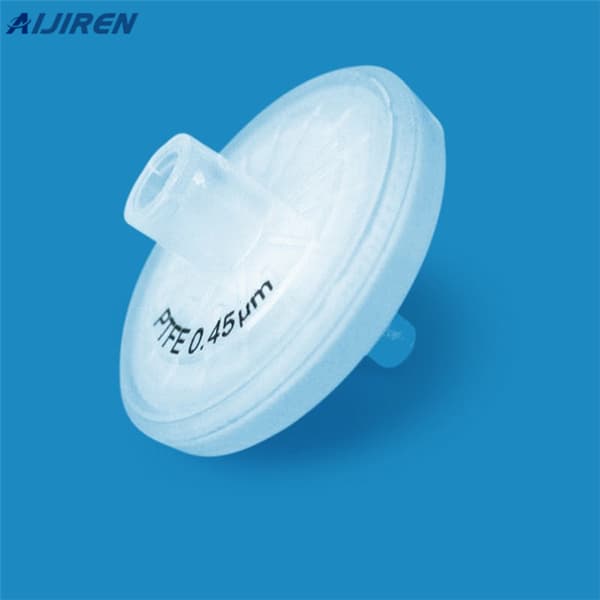
6. Add 2.0 mL of desorbing solvent with internal standards to each vial using a 2.5- or 5-mL syringe or 2-mL pipette; cap each vial. 7. Mix by rotating the vials end-over-end at 5 to 10 RPM for approximately 45 minutes. 8. Filter an aliquot into a 2-mL autosampler vial through a 0.45-µm PTFE filter. CALIBRATION AND QUALITY CONTROL: 9.